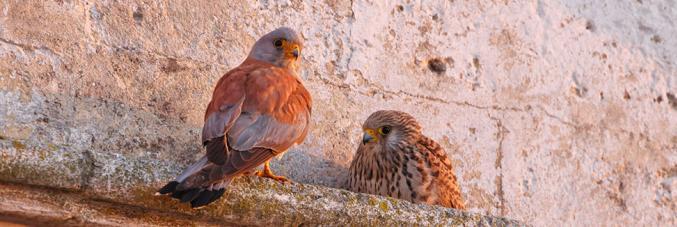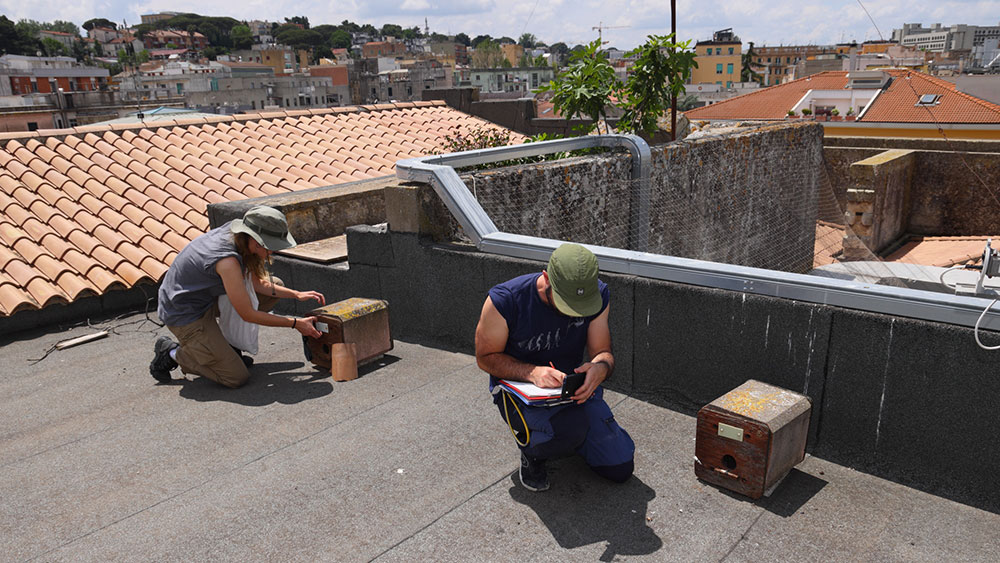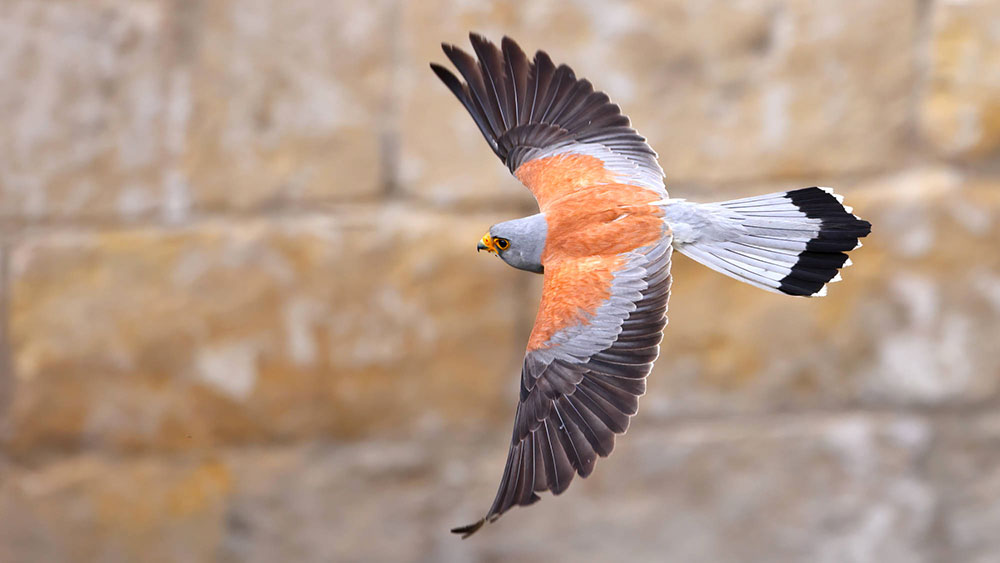
Revealing the dramatic effects of heatwaves on wildlife and ecosystems
08.08.2023
Researchers from the universities of Milan and Padua, together with the Higher Institute for Environmental Protection and Research (ISPRA), the CNR-IRSA, and the Province of Matera, recently published their experimental results in the Global Change Biology section of Open Access entitled Experimental nest cooling reveals dramatic effects of heatwaves on reproduction in a Mediterranean bird of prey.
Due to climate change, the increased frequency and intensity of heat waves along the Mediterranean in recent years have caused profound repercussions on its biodiversity. Studying the effects of extreme heat events is complicated due to their relative unpredictability and the amount of time such studies take to complete.

Researchers conducted this particular study in the city of Matera during the heat waves that hit southern Italy in June 2021 and 2022, which endured extreme temperatures above 37°C for several days, noting that such temperatures had not reached this area in 20 years. Researchers used an innovative methodology for cooling nests to experimentally test and quantify the effect of exposure to prolonged heat waves on the reproductive success of a species of colonial bird of prey, the lesser kestrel (Falco naumanni), which is native to Mediterranean regions.
The experimental cooling took place by shading the nest boxes, which lowered the internal temperature of nest boxes by about 4°C compared to those without shade. The reproductive success of unshaded nest boxes dramatically dropped, as only a third of the eggs laid had generated chicks that had matured to successful fledging. While, shaded nest boxes maintained a norm at about 70% successful fledging. Widespread episodes of chick mortality occurred in the unshaded nest boxes during the hottest days as shaded air temperatures reached above 37°C and internal nest boxes temperatures above 44°C. Furthermore, chicks hatched and raised in shaded nest boxes were found to be in much better physical condition and larger, characteristics which promote their survival.
“These results highlight how extreme temperatures, once rarely and in some cases never recorded before, may reveal profound effects on wild animal populations,” comments Prof. Diego Rubolini of the University of Milan.
“These results also suggest that limited considerations in the design and construction of structures intended to host wild animals, such as an increase in the thermal insulation of the nest boxes, should be considered as they can significantly favor the success of conservation projects in a scenario of global warming,” concludes Prof. Andrea Pilastro of the University of Padua.




